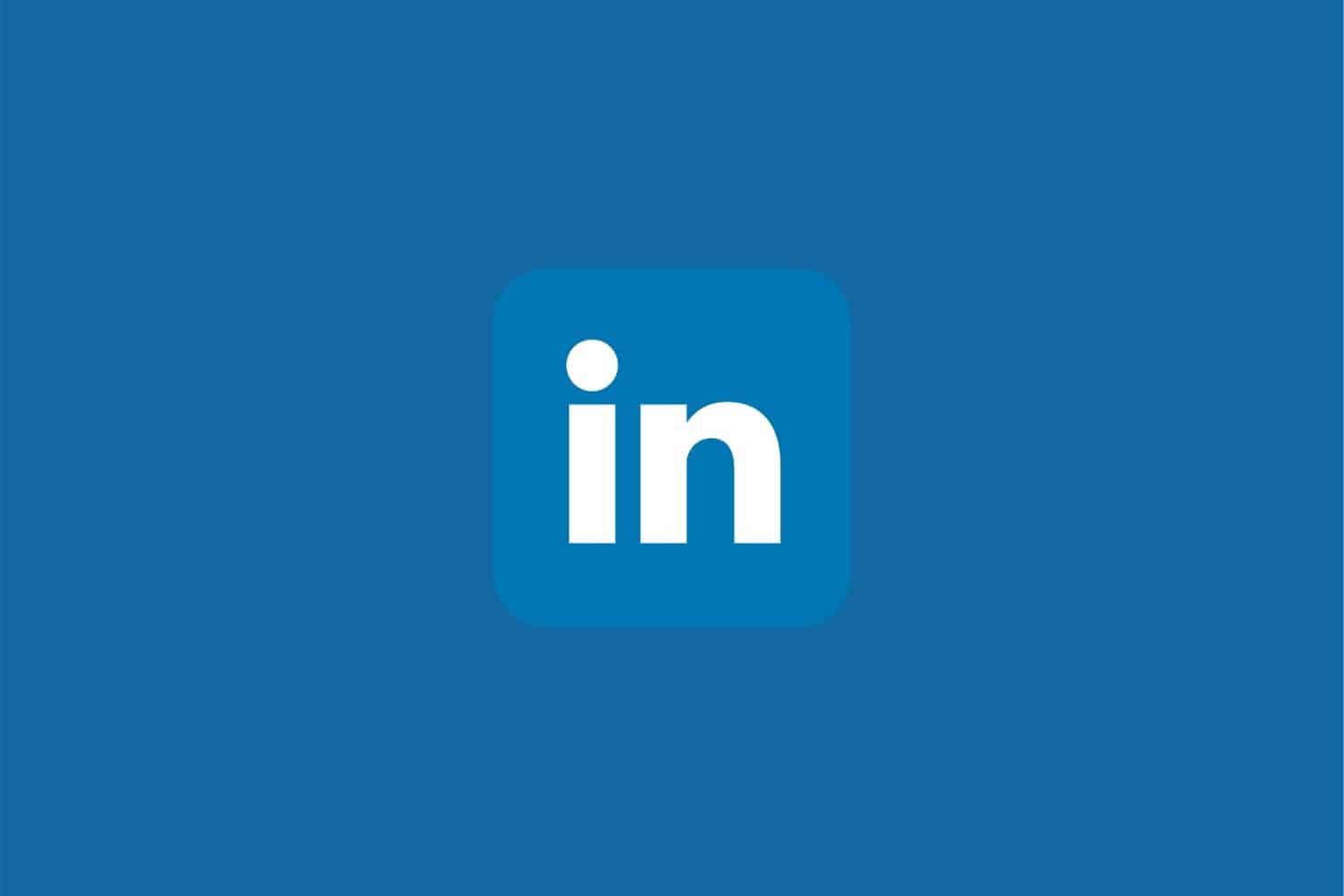In today’s competitive job market, Linkedin is an essential platform for professionals seeking to build their careers, connect with industry leaders, and showcase their expertise. A strong LinkedIn profile can open doors to career opportunities, partnerships, and valuable networking. But how do you make sure your LinkedIn profile stands out?
This ultimate guide will walk you through the essential steps to creating a professional LinkedIn profile that highlights your skills, experience, and personal brand.
1. Choose a Professional Profile Picture
Your LinkedIn profile picture is the first thing people notice. A professional, high-quality image is a must. Here are some tips for a great profile picture:
- Dress professionally: Your attire should reflect the industry you’re in.
- Use good lighting: Make sure your face is well-lit and visible.
- Smile and appear approachable: A genuine smile makes you seem friendly and welcoming.
- Keep the background simple: Avoid distracting elements in the background.
2. Craft a Compelling Headline
Your headline is more than just your job title. It’s a snapshot of what you do and what makes you unique. Instead of simply saying “Marketing Manager,” you could say:
- “Experienced Marketing Manager | Helping Brands Grow with Digital Strategy”
Use your headline to highlight your key strengths, experience, and what sets you apart from others in your field. A strong headline can attract recruiters and potential connections.
3. Write an Engaging Summary
The summary section is your chance to tell your professional story. It should highlight your background, skills, achievements, and what drives you. Focus on what you offer and how you can help others. Here’s how to write an effective summary:
- Be authentic: Let your personality shine through.
- Show your passion: Highlight what excites you about your career.
- Keep it concise: Aim for 3–4 short paragraphs summarizing your experience and skills.
- Add a call to action: Encourage people to connect with you or learn more about your work.
For example:
“As a marketing professional with over 10 years of experience, I specialize in crafting data-driven strategies that deliver measurable results. My expertise spans digital marketing, SEO, and content creation, and I’m always eager to collaborate with teams to drive business growth.”
4. Detail Your Work Experience
Your work experience section is one of the most important areas of your profile. Be sure to highlight relevant roles that showcase your skills and accomplishments. For each job, include:
- Job title
- Company name
- Dates of employment
- Key responsibilities and achievements
Use bullet points to keep it readable and focus on measurable results. For example:
- Increased sales by 30% over two years
- Managed a team of 10 to launch a successful digital marketing campaign
- Cut costs by 15% by optimizing workflows and negotiating vendor contracts
5. Highlight Your Skills
Add relevant skills that showcase your strengths. LinkedIn allows you to list up to 50 skills, so choose wisely. Include both hard skills (e.g., SEO, data analysis, programming) and soft skills (e.g., communication, leadership, problem-solving).
Make sure your most important skills are visible at the top of your profile.
Additionally, request endorsements from colleagues or clients to validate your skills and increase credibility.
6. Request Recommendations
Recommendations add social proof to your LinkedIn profile. They are powerful testimonials from colleagues, clients, or supervisors who can speak to your work ethic, skills, and impact.
Reach out to those you’ve worked with closely and ask for a recommendation. Be specific about the qualities you’d like them to highlight, whether it’s your leadership, creativity, or problem-solving abilities.
7. Customize Your LinkedIn URL
A customized LinkedIn URL is more professional and easier to share. To customize your URL:
- Go to your profile page.
- Click on “Edit public profile & URL” on the right-hand side.
- Click “Edit your custom URL” and create a unique, simple URL using your name.
For example: linkedin.com/in/johndoe
8. Engage with Content and Build Your Network
Being active on LinkedIn helps increase your visibility and position yourself as a thought leader. Here are a few ways to engage:
- Post regularly: Share relevant industry articles, personal updates, or insights.
- Like and comment on others’ posts: This helps build connections and engage with your network.
- Write LinkedIn Articles: If you enjoy writing, use LinkedIn’s publishing platform to share your expertise and build your personal brand.
9. Join LinkedIn Groups
LinkedIn groups are a great way to network and stay informed about industry trends. Join groups related to your field or interests, and actively participate in discussions. This will help you build meaningful connections and stay up-to-date with industry news.
10. Make Your Profile Complete
A 100% complete profile is more likely to show up in search results and get noticed by recruiters. Make sure you fill out all relevant sections, including:
- Education
- Certifications
- Volunteer experience
- Languages
- Projects
The more complete your profile, the better chance you have of being found by potential employers or clients.
Conclusion
Creating a professional LinkedIn profile is an essential part of establishing your online presence and advancing your career. By following these steps and updating your profile regularly, you’ll improve your chances of being noticed by recruiters, potential clients, and industry peers.
Remember, LinkedIn is a powerful tool for building relationships and showcasing your skills. So take the time to create a profile that reflects your professional identity and helps you achieve your career goals.

